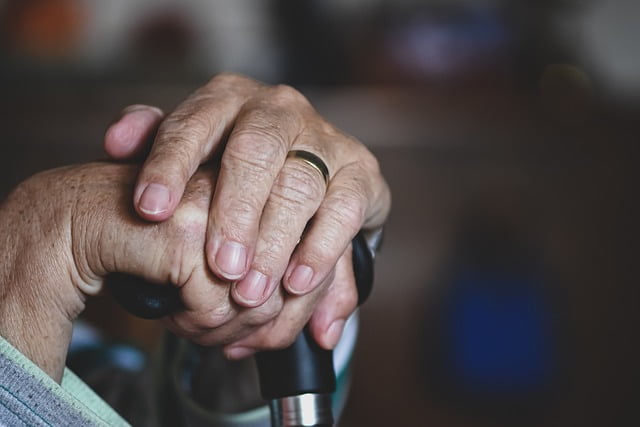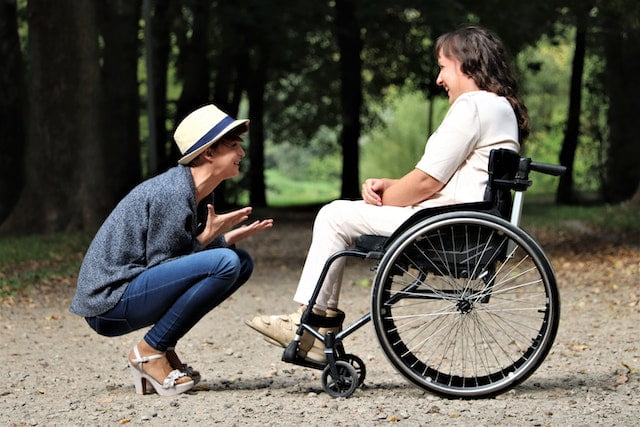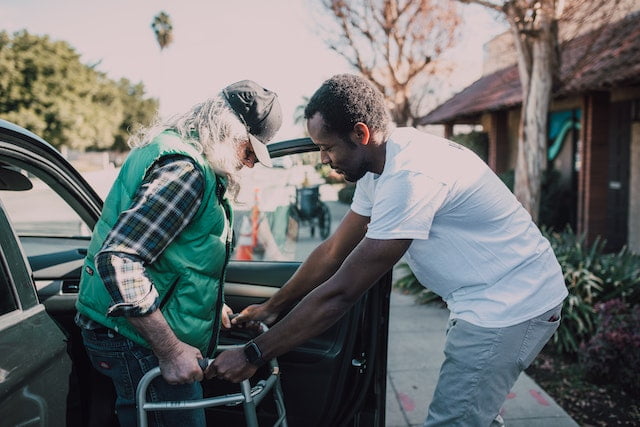With advancing age, it becomes nearly impossible for a lot of people not to require constant medical care. Chronic ailments such as cancer, diabetes, and Alzheimer’s disease, among others, render the patients weak by putting them in both physical and mental emergency states. In such conditions, the option of getting the services of a care home is a blessing in disguise which, along with the provision of a healthy social environment, deliver medical support for the elderly. In fact, Equipment used in care homes plays a crucial role in ensuring residents’ well-being and safety.

Old age and increased need of being taken care of
Every care home is equipped with the equipment needed to care for these patients, as well as the nursing staff who are constantly available to deal with all kinds of medical emergencies. Moreover, regular basic-level checkups and record maintenance also tend to improve overall patient health. While looking for such a facility, it is important to look for the following equipment used in care homes which is essential for their proper working.
Wheelchairs
Mobility, for the elderly or diseased individuals, is one of the major issues as they cannot either walk at all or walk for longer. Therefore, wheelchairs are one of the most essential items which need to be present in a care home. Patients use these wheelchairs on a daily basis sometimes even for the visit to the toilet. Moreover, transferring a patient from one floor to another is also eased due to the use of wheelchairs.

Wheelchair
Overbed tables
Over-bed tables are also one of the items essentially needed in a care home. Given the poor health state, it is very difficult for a patient to get up and sit at a dining table or for other purposes. The convenience of patients is within the availability of food or medicine as near to them as possible. Therefore, over-bed tables become an item of choice for having a meal or medicine while in bed.
Trollies
Trollies are employed for the transfer of bulk material or items from one place to another. These items can include medicines or other medical supplies, meals, or other day-to-day necessities. Their use makes it easier for the home care staff to perform their duty as it falls in their domain of work to provide every essential item to the patients at the right time.
Chair and bed raisers
When a patient is in a care home, it is most likely that the patient is not able to take proper care of her or himself. This might include restrictive mobility which hinders the movement needed to get up from their bed and sit for a checkup, a meal, or medication intake. To solve this problem, the care homes are conscious to install beds as well as chair raisers to facilitate this necessary everyday movement.
Grab rails
The installation of grab rails is another important step in order to elevate the patient experience while being in a care home. These grab rails are affixed near the toilet seat, the patient’s bed as well as at other locations where the patient is supposed to get up after sitting for a while. These grab rails provide support by bearing the patient’s weight thus making it easy to change position.
Leg rests
Patients in a care home, due to being in an altered health state, need to take as much rest as possible. Leg rests are the items that provide comfort to the patient while they are in a sitting position. Additionally, the pain in the legs is also reduced due to the use of this item.
Mobile drip stands
The administration of nutrients or medication via intravenous or IV route is a common practice especially when the patient is not in a state of ingesting food through the oral cavity. Chemotherapy, a treatment necessary for cancer patients, is also injected into the body via an IV route. For this purpose, the patient needs to remain static in a place not provided by mobile drip stands. These stands can be taken from one place to another thus enhancing patient mobility while taking the IV infusion.
Walker trolleys
Patients, especially the elderly, face a problem while attempting to walk without assistance as the risk of falling and hurting themselves remain. In such cases, walking trolleys are helpful which bear the patient’s weight thus providing increased mobility.

Walker trolley
Essential medical supplies/equipment
Along with the above-mentioned items essentially needed for a care home, it is also necessary for these places to contain the emergency equipment which might be needed by a patient at any time of the day. Blood pressure as well as blood sugar level measuring devices, oxygen cylinders as well as a set of essential medications according to the needs of every patient must be available in a care home. Moreover, an ambulance with all the necessary equipment is an add-on service which greatly enhances the care home facilities.
Record books
One of the most important items in a care home is a record book which contains information related to the health of every patient residing in it. At a time of emergency, this record book is a helpful source for a physician to understand the day-to-day fluctuations in a patient’s health state as well as the response to a certain medication. Based on this, the future treatment regimen is set.
Conclusion
Care homes are a great way to take care of patients in need of proper care. Among the equipment used in care homes, general items necessary for day-to-day use, as well as essential medical supplies, are a must-have. These items should be stocked in an appropriate quantity suited according to the number of patients a care home is accommodating. Moreover, if a patient needs additional medical care, the care homes must ensure the provision of necessary medical equipment. Hence, with needed instruments and proper administration, care homes are a facility that can positively impact the patient’s health thus aiding the role of the healthcare system.

PhD Scholar (Pharmaceutics), MPhil (Pharmaceutics), Pharm D, B. Sc.
Uzma Zafar is a dedicated and highly motivated pharmaceutical professional currently pursuing her PhD in Pharmaceutics at the Punjab University College of Pharmacy, University of the Punjab. With a comprehensive academic and research background, Uzma has consistently excelled in her studies, securing first division throughout her educational journey.
Uzma’s passion for the pharmaceutical field is evident from her active engagement during her Doctor of Pharmacy (Pharm.D) program, where she not only mastered industrial techniques and clinical case studies but also delved into marketing strategies and management skills.
Throughout her career, Uzma has actively contributed to the pharmaceutical sciences, with specific research on suspension formulation and Hepatitis C risk factors and side effects. Additionally, Uzma has lent her expertise to review and fact-check articles for the Health Supply 770 blog, ensuring the accuracy and reliability of the information presented.
As she continues her PhD, expected to complete in 2025, Uzma is eager to contribute further to the field by combining her deep knowledge of pharmaceutics with real-world applications to meet global professional standards and challenges.







